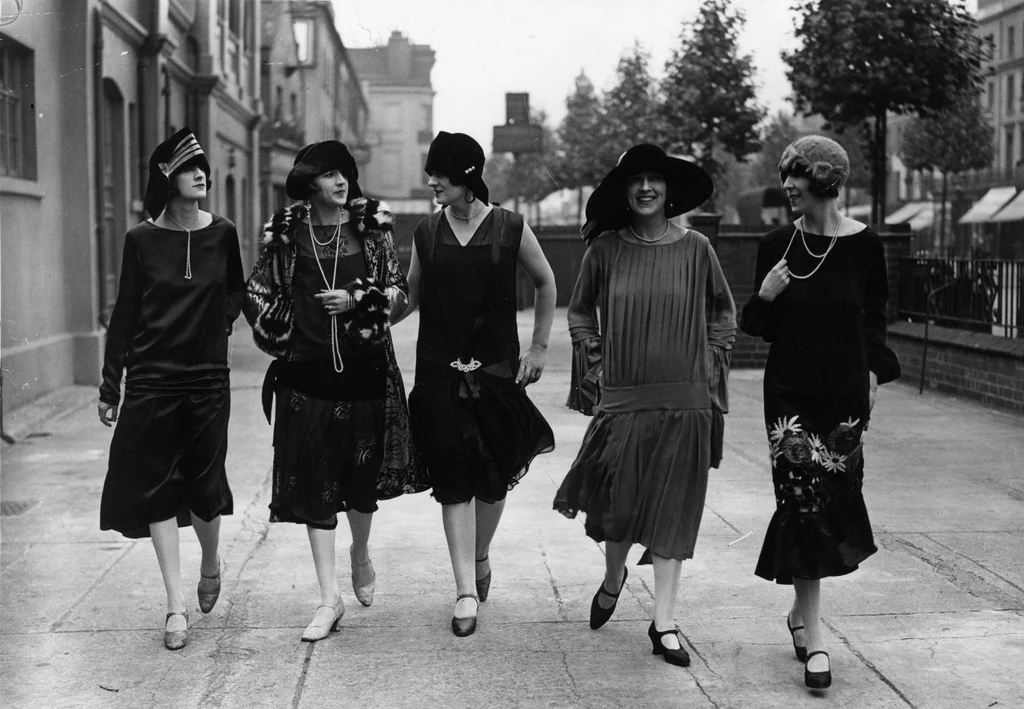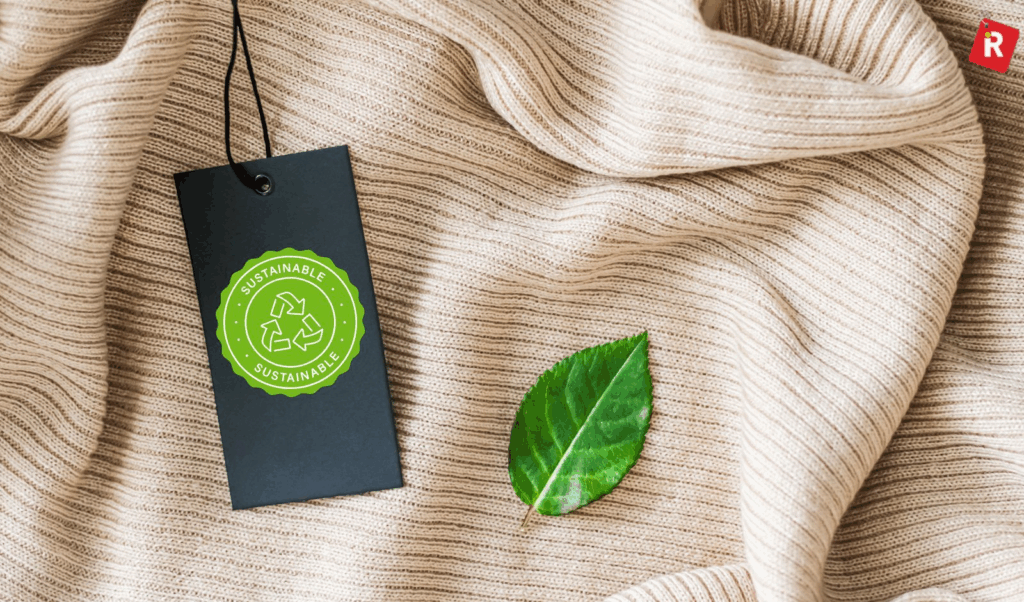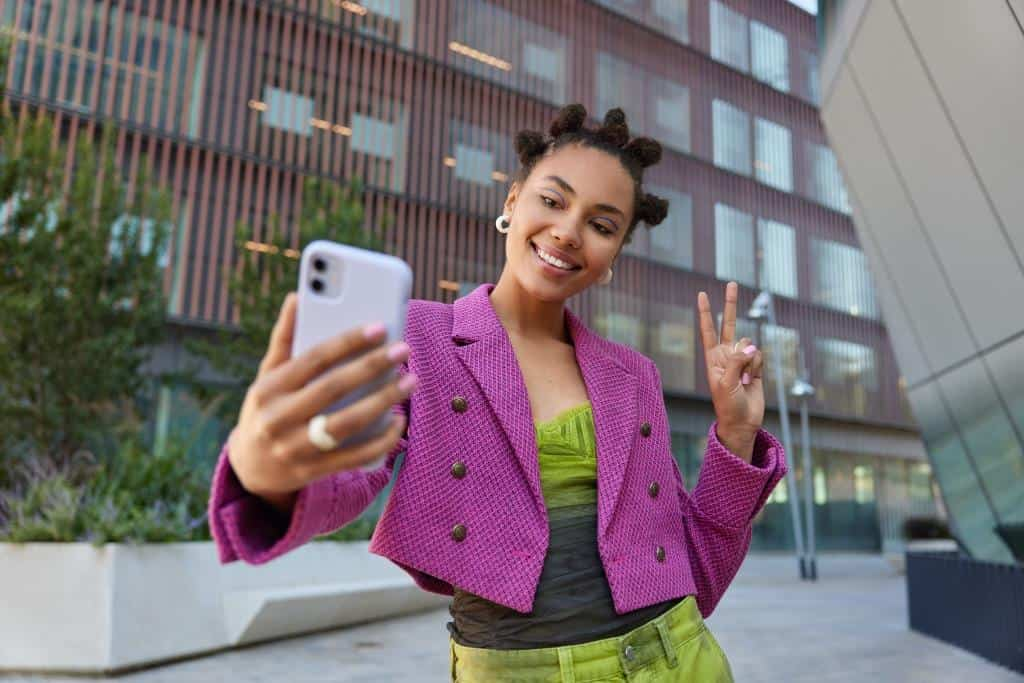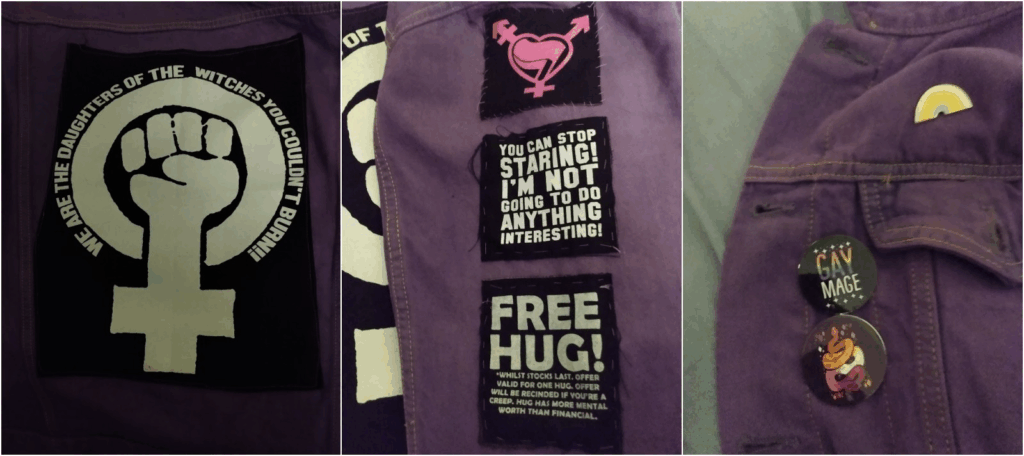In a world where voices are rising against injustice and inequality, fashion has stepped off the runway and into the streets — not just as a style statement but as a political one. Clothes, accessories, and styling choices have transformed into tools of activism. From feminist slogans on tees to climate change patches on jackets, the power of the wearable as protest is undeniable. Welcome to the era of fashion that speaks louder than words.
This movement — known as “wearable resistance” — has reshaped how we view both personal style and collective action. In this blog post, we explore how fashion has become a powerful medium for resistance, and how wearable messages are shifting cultural norms and inspiring global movements.
The Historical Roots of Fashion in Protest

Fashion has long played a role in expressing political sentiments. The suffragette movement of the early 1900s used color-coded sashes and pins to unite women under a visible symbol. In the 1960s, anti-war activists wore peace signs and military-inspired jackets as a countercultural protest against the Vietnam War. Punk in the 1970s brought chains, leather, and anarchist patches to the forefront of rebellion against conformity and government control.
Even during the civil rights movement, attire mattered — whether it was the Sunday best worn to protests or the iconic black berets of the Black Panthers. These visual markers have always told a story — one of resistance, identity, and a refusal to be silenced. Today’s activists are following in those footsteps, amplifying their causes through garments that demand attention.
Modern-Day Movements and the Rise of Wearable Resistance

The digital age has propelled protest fashion into new territory. Movements like Black Lives Matter, Me Too, and Climate Justice have inspired designers and individuals to create wearable pieces that reflect their beliefs. Slogans like “I Can’t Breathe,” “Time’s Up,” and “There Is No Planet B” have become widely recognized symbols, often worn on T-shirts, hoodies, and face masks during demonstrations and beyond.
The viral nature of social media allows these images to reach millions within minutes, turning a simple wearable item into a global statement. It’s not uncommon to see celebrities on red carpets donning political pins or custom couture referencing current issues. What used to be whispered is now boldly printed across chests and sleeves — fashion has officially become a form of protest accessible to everyone.
Brands Embracing the Fashion-as-Activism Movement

As public consciousness around social and environmental issues has grown, so has the demand for brands to take a stand. Companies like Patagonia, Brother Vellies, and Prabal Gurung have integrated activism directly into their branding and collections. They create clothing not just to sell, but to spark conversation.
For example, during New York Fashion Week, designer Kerby Jean-Raymond of Pyer Moss used his runway show to highlight Black culture and systemic injustice. His models wore garments with messages like “Stop Calling 911 on the Culture.” Meanwhile, Stella McCartney has been vocal about sustainability, using her platform to push for ethical and eco-conscious fashion choices — proving that wearable protest can also mean environmentally aware designs.
Smaller brands and independent creators are also leading the charge. On platforms like Etsy and Depop, creators sell hand-embroidered jackets, hand-painted sneakers, and repurposed denim that speak directly to today’s political climate. This is protest fashion by the people, for the people.
How Social Media Fuels Fashion Activism

In the age of Instagram, TikTok, and Twitter, a single outfit can go viral in seconds. Protesters from around the world now document their clothing choices as much as their signs, sparking trends and drawing attention to issues that might otherwise remain underreported. Hashtags like #WearYourVoice, #FashionActivism, and #OOTDForChange highlight the growing culture of everyday activism.
Influencers, too, have embraced their platforms to make bold statements. From sporting Palestinian keffiyehs to wearing gender-fluid designs, they’re breaking molds and showing that fashion isn’t just about looking good — it’s about standing up for what you believe in.
Why Wearable Protest Matters More Than Ever

In a world filled with digital noise, a visual statement often speaks louder than a caption. Wearable protest empowers individuals to be walking billboards for change — whether that change is personal, political, or planetary. It offers a non-violent, highly visible method of resistance, making activism approachable for those who may not be able to march or organize rallies.
Most importantly, it reclaims the public space. Instead of relying on institutions to grant permission for expression, fashion gives individuals a way to create their own narrative, one stitch at a time. Whether you’re wearing a hand-painted tote bag or a screen-printed shirt, you’re participating in a larger cultural conversation — and that has never been more vital.
